For centuries, art history was dominated by male artists and their perceptions of the world. The narratives, stories, and histories showcased in museums, textbooks, and galleries predominantly featured male perspectives. However, the canvas of history is vast, and there’s a rich tapestry woven by female artists that has been overshadowed or forgotten. Rediscovering and recognizing women’s contributions to art is crucial to understanding the complete history of art.
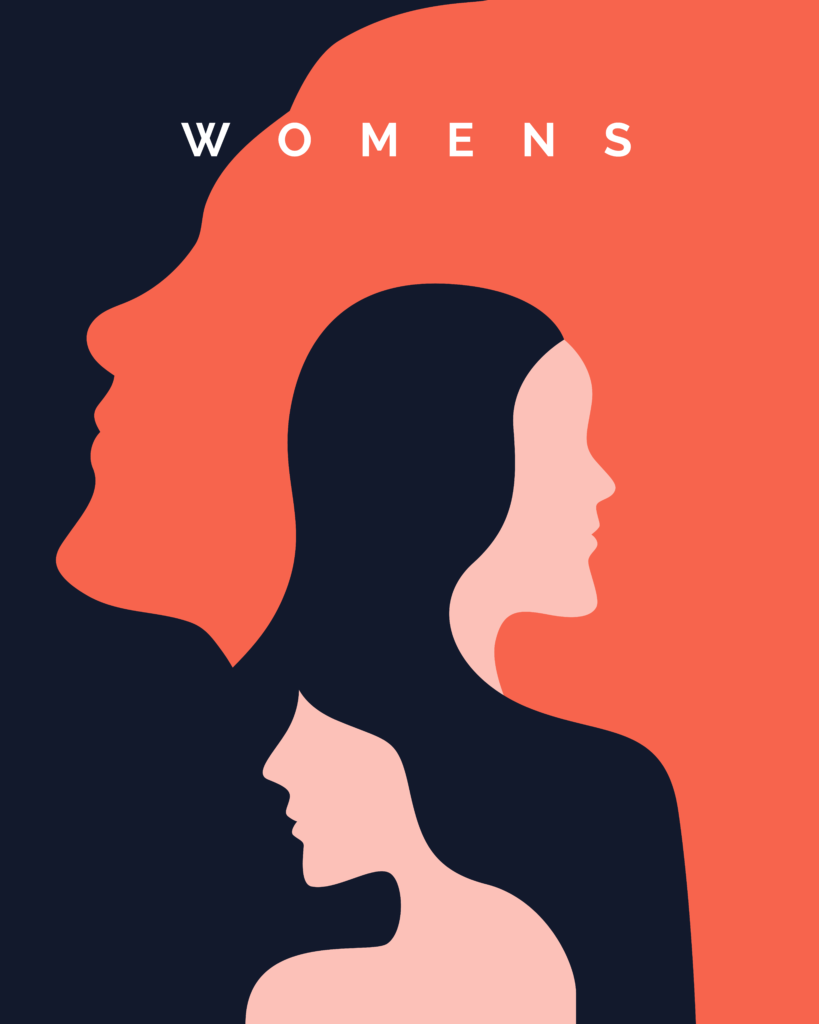
History of art from woman’s perspective.
Then:
In ancient civilizations like Egypt and Greece, women were involved in art creation, particularly in pottery and textile design. Some oldest sculptures and paintings have been linked to female creators, though their identities often remain anonymous. While a period of significant artistic advancement, the Renaissance saw limited recognition of female artists. Yet, artists like Sofonisba Anguissola and Artemisia Gentileschi broke barriers, creating masterpieces that rival the works of their male counterparts.
Women began to achieve a degree of prominence during these periods. Artists like Rosalba Carriera noted for her portrait work, and Élisabeth Louise Vigée Le Brun, who became the official portraitist for Marie Antoinette, began to gain recognition. As social dynamics shifted, women began to play a more central role in the arts. The Impressionist movement saw the emergence of artists like Berthe Morisot and Mary Cassatt. The modern era celebrated female artists such as Georgia O’Keeffe, Frida Kahlo, and Tamara de Lempicka, each impacting the art world significantly.
Today:
The art world has become more inclusive, with numerous female artists like Yayoi Kusama, Cindy Sherman, and Jenny Saville achieving international acclaim. Their works often tackle themes related to femininity, identity, and societal expectations. Historically, female artists often faced barriers, from lack of training opportunities to societal prejudices that questioned the capabilities of women in the arts. Despite these challenges, many female artists produced work under pseudonyms or anonymously to ensure their art saw the light of day.
In recent decades, there’s been a significant movement to rediscover and celebrate female artists who were forgotten or sidelined. Exhibitions, research, and publications dedicated to women in art are increasingly becoming mainstream, ensuring these artists receive the recognition they deserve. In essence, rediscovering women in art is more than correcting historical oversight. It’s about understanding the nuances and depths of artistic expression throughout history. Women have always been creators, innovators, and artists, and recognizing their contributions enriches our collective understanding of art’s evolution and its impact on society.
Can AI replace us in the arts?
Artificial Intelligence (AI) today can create images, music, texts, and even videos, mimicking the styles of famous artists or creating entirely new works based on input. However, many argue that AI has no “soul” or true creative inspiration. After all, artists express their feelings, experiences, and worldviews through their art, whereas AI merely utilizes algorithms and data.
Works created with AI have become popular and have even been sold for high sums at auctions, but they are perceived more as novelty or curiosity. Instead of entirely replacing human creativity, many modern artists employ AI as a tool to aid in the creative process.
AI might only partially comprehend the subtleties of art since it is so tightly related to culture, history, and the human experience. Additionally, if the art market becomes overly AI-driven, it can impact artists’ professional talents and raise issues with originality and copyright.
It is doubtful that AI will replace human artists in the near future despite its unique advancements in the field of art.
Art is about technique, skill, human experience, inspiration, and soul. Undoubtedly, AI can bring new elements and approaches to art, but the human element will remain an integral part of the creative process. Set goals for your November related to art and self-expression, and use our best team management software for work.
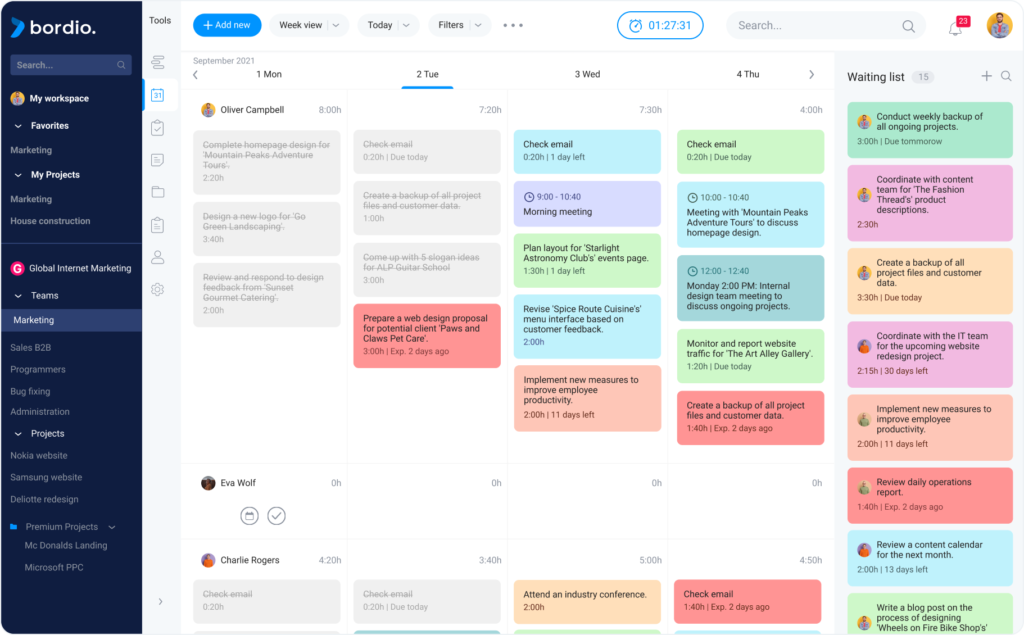
Women in art nowadays.
Contemporary art has become an arena where boundaries are constantly being blurred, and traditional canons are being redefined. Women play a vital role in this process, bringing a unique perspective and overturning established notions of what art is.
Women in contemporary art often tackle previously overlooked or inadequately represented topics. They explore gender identity, sexuality, motherhood, and social norms. Names such as Marina Abramovic, Yayoi Kusama, Cindy Sherman, and Tracey Emin have become symbols of contemporary art. Their work has sparked debate, blurred the boundaries of genres, and offered new approaches to the representation and appreciation of art. In addition to creating art, women are also beginning to occupy critical positions in the art world – in museums, galleries, and exhibitions.
Advice for artist-women.

Consider taking art school or workshops. However, in addition to formal education, constantly learn new techniques and styles independently. Purchase quality materials, attend workshops and seminars, and travel for inspiration. Creative endeavors can be both inspiring and emotionally intense. Remember to rest, relax, and take care of your psychological health.
Networking with other female artists and art professionals can allow you to collaborate, mentor, and share your experiences. Submit your work to local exhibitions, galleries, and online platforms. By doing this, you can gain comments and promote your work. Use websites and social media outlets like Instagram, Behance, or ArtStation to show off your work to a larger audience.
A work of art is constantly evolving. Be prepared to change, try new things, and develop your look. To protect your creations, become familiar with copyright legislation. Consult a lawyer with experience in the arts. Remember the value of your artistic expression. Don’t let societal biases or negative feedback from others make you less confident in your ability.
Making art enables you to make a distinctive contribution to culture and society. Your perspective, sense of style, and background are essential. Don’t be afraid to express yourself and go the route you want in art.
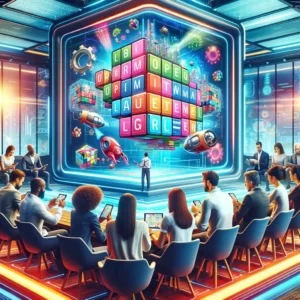

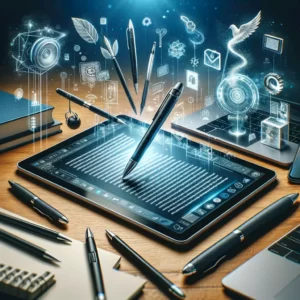

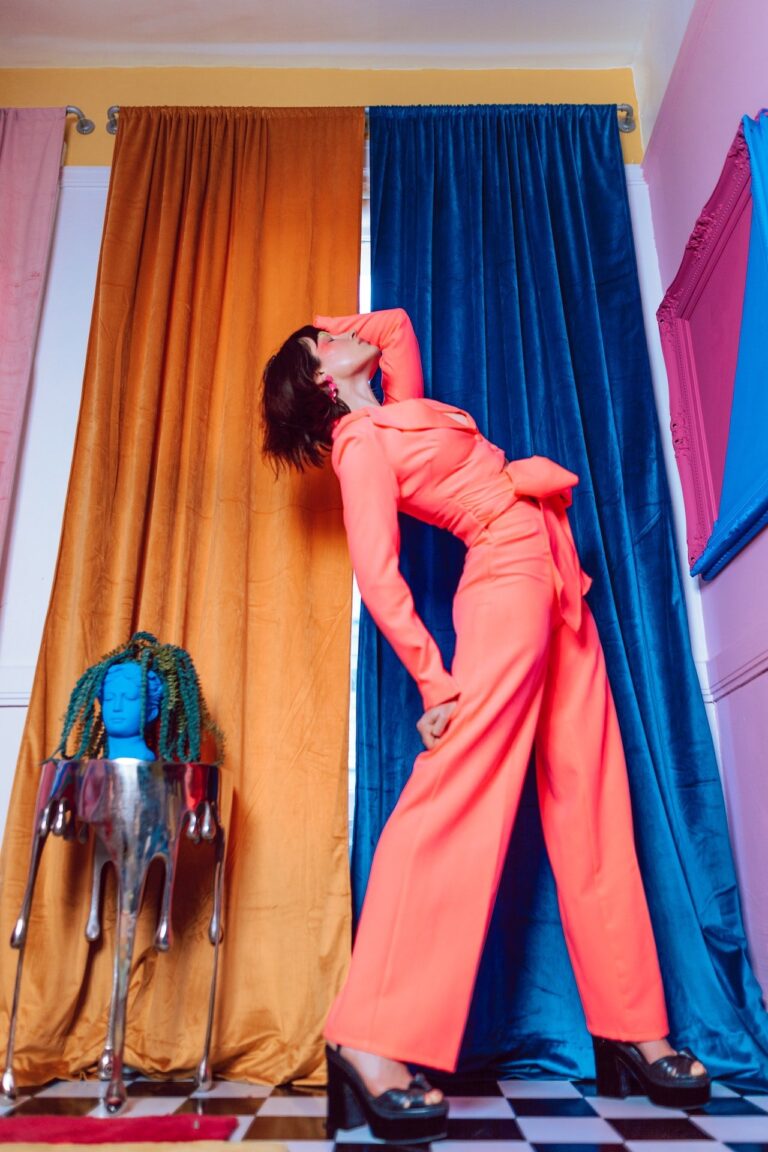


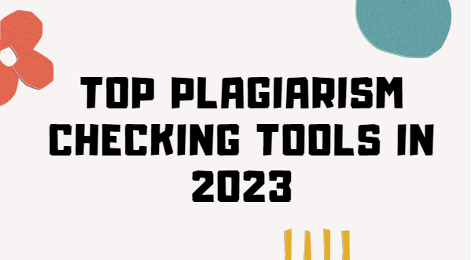
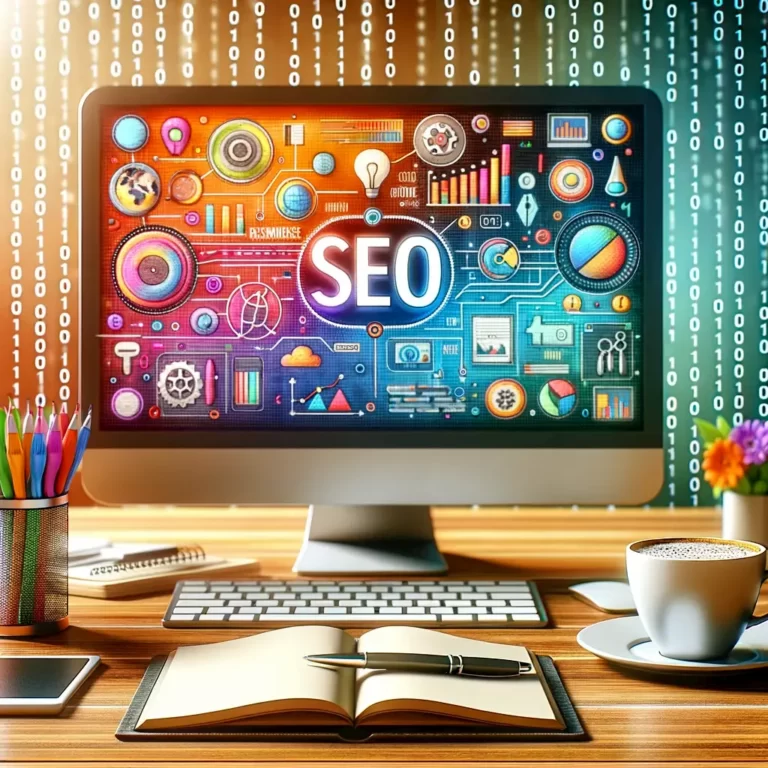



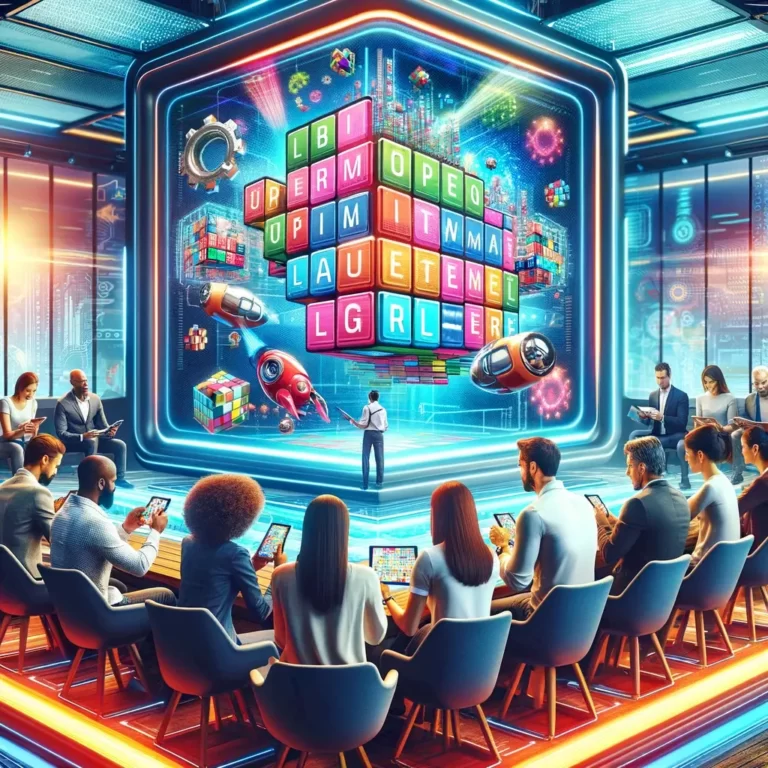
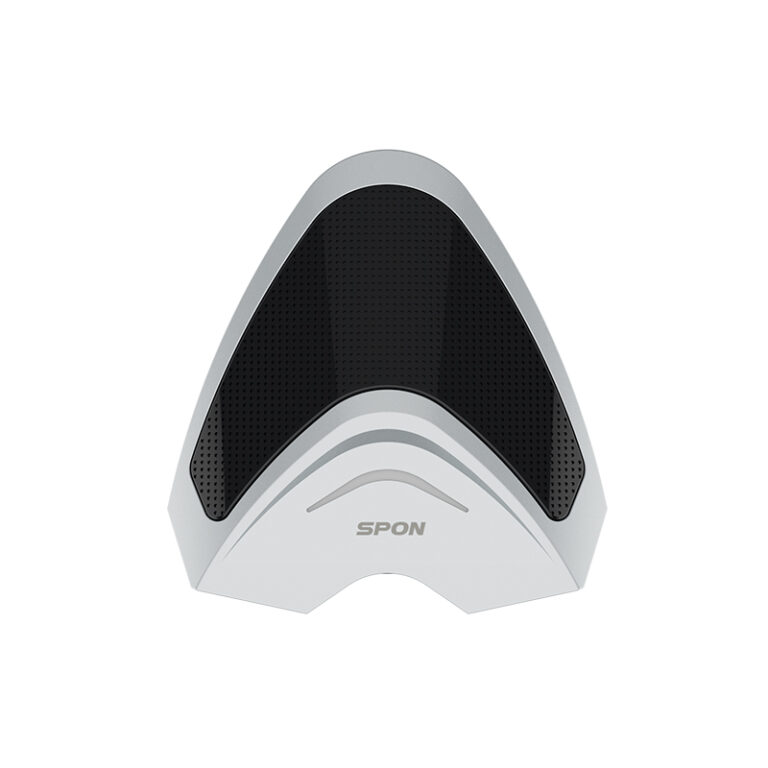
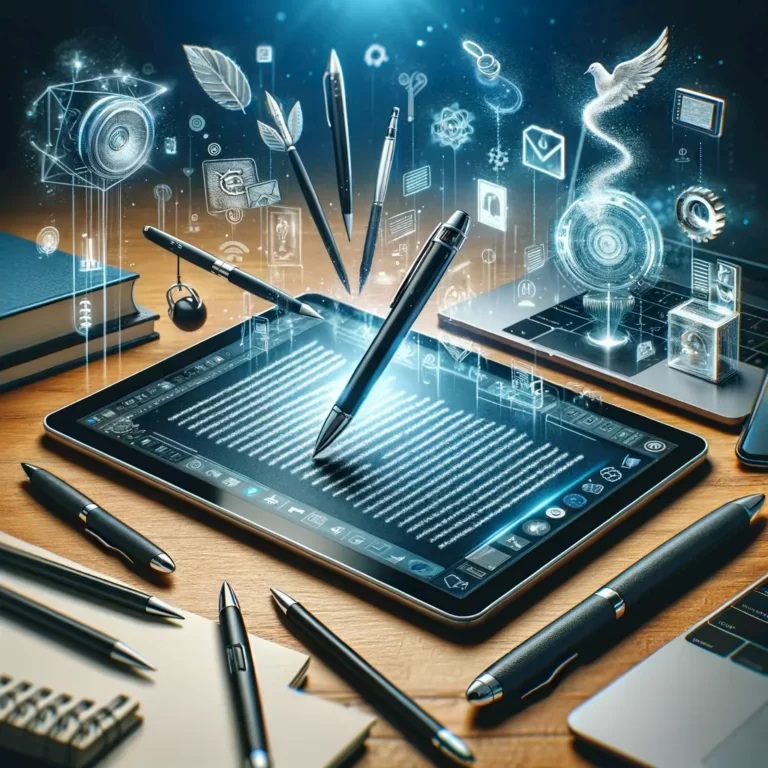

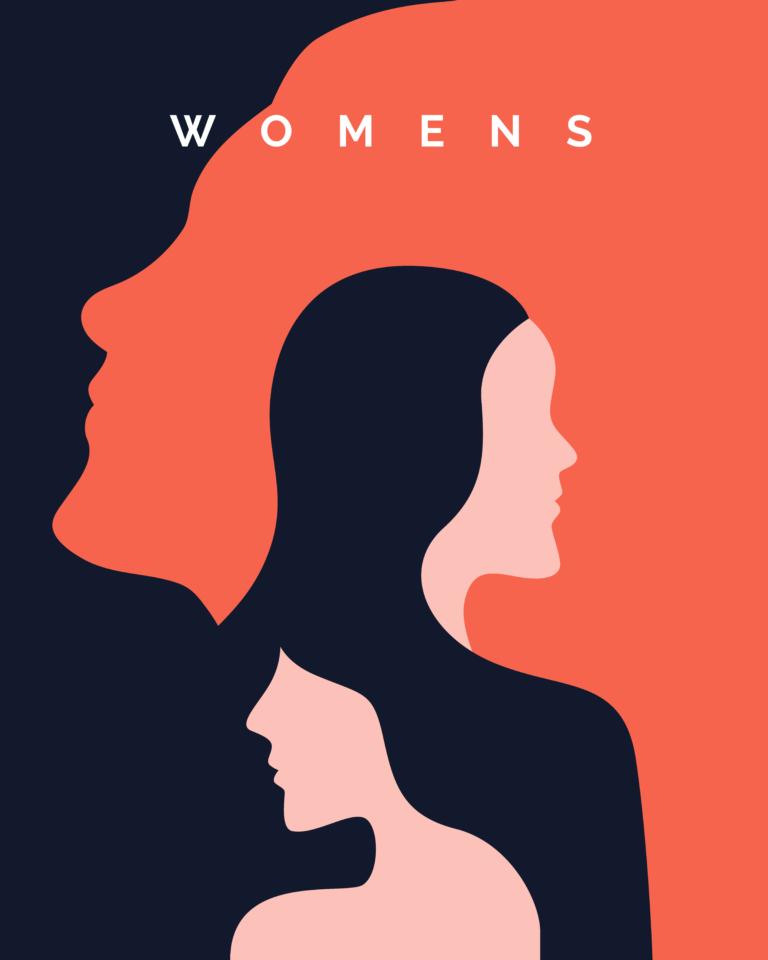


+ There are no comments
Add yours